By Scott M. Fulton, III, Net1News
With the HTML 5 crowd increasing in volume - both in terms of
numbers and noise - Mozilla is looking to regain sole possession as
standard-bearer for Web standards. Last Tuesday, with the
release of Beta 5 of its upcoming Firefox 4, the organization
opened up public comment on its own experiment with a possible
browser-based API for audio, which may later open up doors for a
video API as well. If it gains traction, it could enable Web
developers to develop on-screen tools for visualizing and accessing
the data contained within an audio stream.
This could become one of the key distinguishing factors between
HTML 5-based multimedia and add-on codec-based multimedia, should
the idea catch on. Essentially, it enables the Web page to
access the browser's multimedia data, opening up a treasure trove
of possible new Web apps. Imagine an Audacity-like audio
editor, but entirely in HTML, CSS, and JavaScript. Or imagine
Pandora without Flash.
Last month, David Humphrey, a Seneca College professor and head
of the Mozilla Foundation's educational effort found his experiment
incorporated in Firefox 4. Last week, it became part of
the public beta.
"When we started these experiments, we did so without needing
permission," Humphrey
wrote on his personal blog, "I didn't have to sign an NDA, go
talk to and convince the right people, or get approvals. I
just grabbed the source code and started messing around. And
I did make a mess, at first. I learned as I went, and we
iterated on the API a lot. . . We weren't judged for doing it
wrong, or for the pace or directions we took. Instead, we
heard of lot of, 'This is very cool!' and, 'Have you thought about
this?' We were able to take one of the world's premier
applications (Firefox) and rework it."
One test of Humphrey's experimental API involves producing a
graph (using HTML 5's Canvas element, of course) in sync with the
time track on Firefox's built-in audio player, showing the relative
volume levels of the entire track at certain points in time.

Humphrey's contribution now stands a chance of becoming a part
of the way the Web works, when the HTML 5 standard is finally
formalized. But by W3C's own estimates, that could literally
be the year 2020. And in the meantime, it may have to
withstand some pressure from competitors who will probably point
out that Mozilla's experiment, for the time being, bears Mozilla's
exclusive trademark.
Everybody wants in on the act
Last winter, browser makers held out hope that HTML 5, the next
iteration of the Web's lingua franca, would be the driving
force for a new wave of change that could compel users to
conceivably switch brands. But what turned out the following
summer to be an agreement not to agree on one of HTML 5's
key elements - built-in video and audio using open codecs - made
HTML 5 a kind of "jump ball" for browser makers. Now, each
one - including Microsoft and Apple - is staking its own claim as
to how built-in audio should be deployed, and it's every browser
for itself.
What consensus there has been thus far has centered around the
formation of the <VIDEO> and
<AUDIO> tags used in Web pages.
Engineers don't want to make Web authors employ hacks, or tricks
such as Internet Explorer's famous "conditional comments," to make
one browser brand interpret one block of code and another brand a
separate block.
Apple's Safari developer's page reveals the iPhone and Mac
maker's approach to implementation, including listing different
formats of streams within the element tags, sorted in order of
which ones the browser is most likely to execute on its own
(assuming the developer is able to guess).
Just last February, Adobe pronounced that waiting for browser
makers to iron out their HTML 5 differences would result in a
situation where "users and content creators would be thrown back to
the dark ages of video on the Web with incompatibility
issues." Conservative estimates peg Adobe Flash with at least
three-fourths of the Web's video, along with a sizable chunk of the
Web's rich functionality. That functionality is provided
through a browser add-on, the very existence of which HTML 5 was
originally supposed to eschew. But now, Adobe finds itself
employing its own "embrace and extend" strategy, which included
releasing an HTML 5 pack for Adobe Illustrator that enables Web
drawings in SVG using the Canvas element, as an alternative to
Flash.
Making sure it keeps one toe in every ocean, Google - whose
Chrome browser continues to gain share against Firefox - is now actively promoting HTML 5, while at the same time
building Flash directly into every Chrome build. . . while at
the same time
developing its own WebM codec that is neither of the above.
Add to all of this the fact that this Wednesday, Microsoft will
attempt to seize leadership of the HTML 5 message, with its first
public beta of Internet Explorer 9. It's already planning a
blended message of "beauty" and "HTML 5 compliance" that some members of the press are already eating up like free donuts.
This article originally appeared in Net1News.
©Copyright 2010 Ingenus, LLC.
©Copyright 2010 BetaNews, Inc.
Defending the 'Moz-method'
It's amid this chaos that Mozilla finds itself clamoring to
reassert itself. With a much stronger PR campaign for Firefox
4 than for version 3.5 or any earlier edition, Mozilla hopes to
forestall Microsoft's message of speed, "beauty," and
standards-compliance.
But in so doing, it will probably have to answer for this:
The new Firefox 4 experimental audio API will use the
browser-specific prefix Moz-, as in
MozAudioAvailable. This is a method that
some Web developers have argued against, equating it with the kind
of "hacks" that make IE6 support such a pain for those still forced
to implement it by their superiors.
So Mozilla has an answer for the naysayers: Firefox always
has been an incubator for standards, and incubators by definition
are kept tight and warm until their chicks are ready to be
released.
"As part of the W3C's experimental audio incubator, we are
working with other browser makers and Web developers to define a
standard for all browsers to implement," responds Firefox principal
engineer Vladimir Vukicevic, to our question on the prominent
prefix. "During the experimental phase we use a 'vendor
prefix,' as the W3C encourages. Developers who do
experimental work with the Moz- prefixed APIs will
provide us with valuable data about use cases that we can
incorporated into a final standard. Once a final standard is
agreed upon, the Moz- prefixes will be
dropped. "Indeed, long-time Mozilla contributors are familiar with this
method of incubation. It's currently in use in conjunction
with ideas such as events for responding to sideways tips of the
screen, as with devices like the iPhone. And the history of
CSS is replete with instances where -moz- was
tacked onto trial attributes that were left unprocessed by IE.
But in today's more politically charged, if historically
apathetic, Web atmosphere, the taint of specificity can be confused
with outright exclusivity.
Some commenters already greeted Mozilla's announcements last
week as "gimmicks." Over on Slashdot, Firefox is being trashed by commenters who argue that Mozilla
is becoming a kind of clique, listening only to its most cherished
and preferred contributors while leaving suggestions on Bugzilla to
rust.
Firing up the incubator
Another case in point: Mozilla's increased promotion for
Direct3D hardware accelerated graphics in Firefox 4 for
Windows. Direct3D is a Microsoft platform which, of course,
is unavailable in Linux or Mac OS. For those OS platforms,
Firefox 4 will support OpenGL. This actually isn't
news, and hasn't been for several months; still, last
Tuesday's Direct3D and Direct2D demonstrations were met with
skepticism on Slashdot. Commenter Darkness404 wrote, "What good is having GPU acceleration that only works on one platform? The
entire point of the trend of doing things in-browser is to
make cross-platform compatibility a reality. If I wanted a
game to work just on Windows, why wouldn't I just make an
application that did that?"
Thus Vukicevic's public stance, which is to show Firefox as the
leader of a cross-platform effort that merely has yet to cross
platforms.
"Mozilla's goal is to deliver high-quality and performant
rendering of HTML content, including technologies like
<CANVAS> and WebGL," he tells us.
"Under the hood, we leverage the best possible technology on a
given platform to deliver that experience. For Windows,
Direct2D fit our needs and is comparable to Quartz on Mac and X
Render on Linux, which we already have been using in previous
versions of Firefox.
"For new functionality that requires 3D acceleration, we turned
to OpenGL and Direct3D," he continues. "Direct3D is the
default method on Windows, as it currently provides the best
experience for the majority of our Windows users. On all
other platforms, we'll use OpenGL to provide an identical level of
acceleration. Our goal is ultimately to make sure that
developers don't have to think about the platform their application
is running on, and know that they can take advantage of the latest
HTML features to deliver a visually rich experience in their Web
applications."
Vukicevic pointed us to the blog of Web applications developer
Douglas Alan Schepers, whose current experiment with Mozilla's
trial audio API is an SVG-based
virtual synthesizer keyboard. Last May, Schepers saw the
conference session where Humphrey and others first demonstrated
their experimental alteration to Firefox, exposing audio data
through API calls and events. "I immediately knew I wanted to
see this as a part of the native functionality of the Web platform,
across browsers," Schepers wrote. "In some ways, it's the
last major missing piece from the open Web: the ability to view
source and hack sound, the last commonly digitizable sensorium. I also knew that I wanted the use cases and requirements to
come from the larger community, the musicians and UI designers and
developers who will ultimately be the ones using this functionality
to sound out the depths of what's possible on the Web."
Mozilla's Vukicevic contends that, had that demo not happened
and had Firefox not enabled it to happen, we wouldn't even be
talking about opening the audio API to developers at all.
"The current work to standardize audio in the browser at the W3C,"
he tells us, "is the direct result of Mozilla's willingness to
incorporate the experimental API."
This article originally appeared in Net1News.
©Copyright 2010 Ingenus, LLC.
©Copyright 2010 BetaNews, Inc.
Copyright Betanews, Inc. 2010


































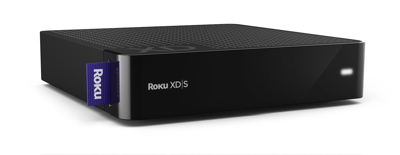
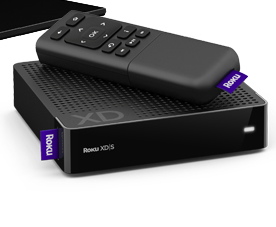
 Market research company ChangeWave today published the results of its latest survey, which focuses on corporate smartphone spending, and the market segment that is the stronghold for Research in Motion's BlackBerry platform.
Market research company ChangeWave today published the results of its latest survey, which focuses on corporate smartphone spending, and the market segment that is the stronghold for Research in Motion's BlackBerry platform.

 The latest wave of upcoming changes to the world's two most used Web browsers, jointly responsible for easily three-fourths of the Internet's HTTP requests, has nearly everyone in the business rethinking the meaning of "quality" as it pertains to browser architecture. While their arguments start with the usual reminders that folks just want to see their pages load faster, before too long, they wander into dissertations about the methods architects use to achieve the appearance of loading faster. . . especially when they actually don't.
The latest wave of upcoming changes to the world's two most used Web browsers, jointly responsible for easily three-fourths of the Internet's HTTP requests, has nearly everyone in the business rethinking the meaning of "quality" as it pertains to browser architecture. While their arguments start with the usual reminders that folks just want to see their pages load faster, before too long, they wander into dissertations about the methods architects use to achieve the appearance of loading faster. . . especially when they actually don't.







 The alternative tandem class winner was the "E-Tracer #79" from X-Tracer Team Switzerland. This electric vehicle is a so-called "cabin motorcycle" rather than a car, but it displayed an impressive 205.3 MPGe, and went from zero to sixty in only 6.6 seconds.
The alternative tandem class winner was the "E-Tracer #79" from X-Tracer Team Switzerland. This electric vehicle is a so-called "cabin motorcycle" rather than a car, but it displayed an impressive 205.3 MPGe, and went from zero to sixty in only 6.6 seconds. 
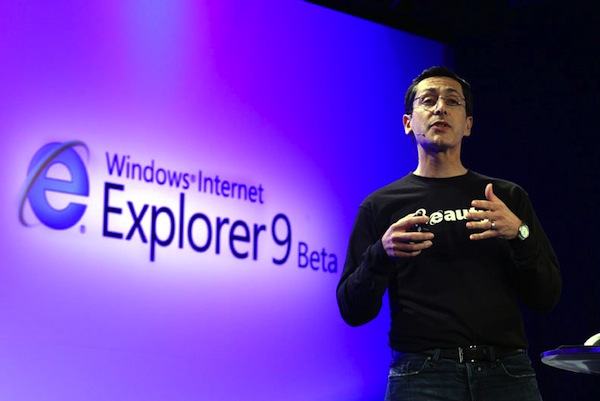


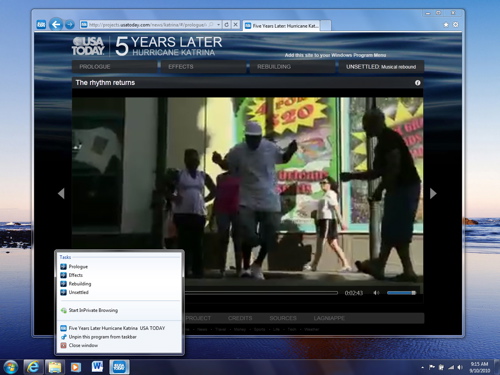




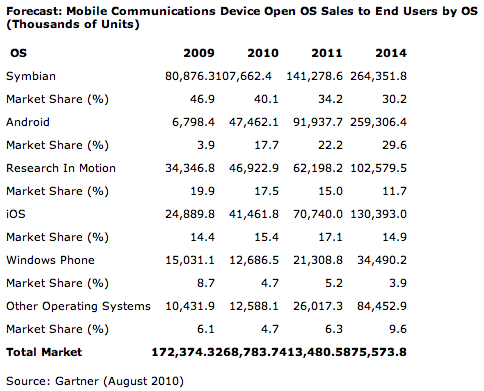
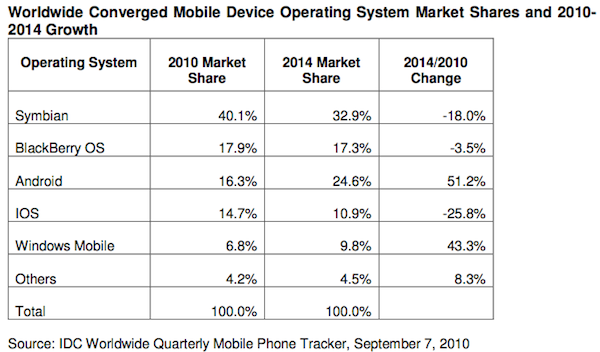


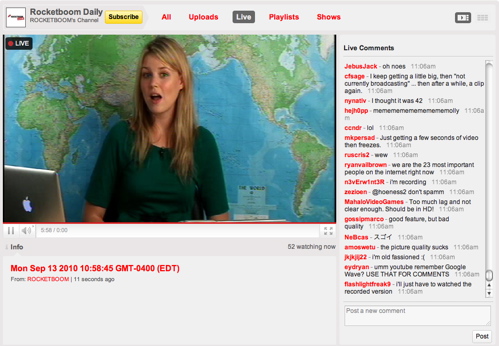



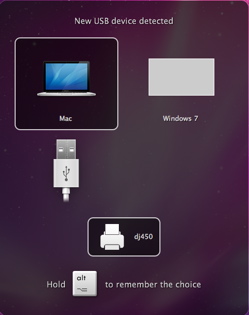
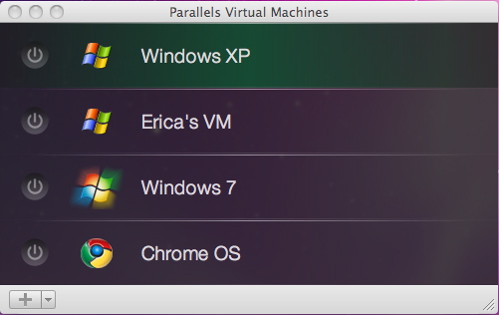
 Amazon's Kindle has managed to make a tremendous impact on the e-reader market without even being available in physical stores. Soon, however, Amazon's best-selling product will be available through retailers in stores across the U.S.
Amazon's Kindle has managed to make a tremendous impact on the e-reader market without even being available in physical stores. Soon, however, Amazon's best-selling product will be available through retailers in stores across the U.S.



 Microsoft has fired the first salvo in a battle for motion-sensing superiority that is sure to last through the holiday season. The Redmond company said Wednesday that it would introduce a Xbox 360 bundle that would include Kinect for $399.99 beginning November 4.
Microsoft has fired the first salvo in a battle for motion-sensing superiority that is sure to last through the holiday season. The Redmond company said Wednesday that it would introduce a Xbox 360 bundle that would include Kinect for $399.99 beginning November 4.



 Symantec Wednesday launched the latest versions of its flagship security products: Norton Antivirus 2011 and Norton Internet Security 2011. As it has been for the last two years, Symantec's focus remains on keeping the Norton software quick and lightweight, while harnessing the power of the crowd and the cloud.
Symantec Wednesday launched the latest versions of its flagship security products: Norton Antivirus 2011 and Norton Internet Security 2011. As it has been for the last two years, Symantec's focus remains on keeping the Norton software quick and lightweight, while harnessing the power of the crowd and the cloud.
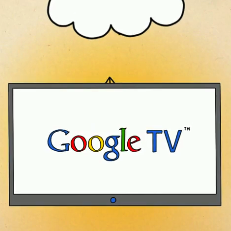
 Samsung's Gigaherz class, Android-powered Galaxy S line of smartphones will be available on all four major U.S. wireless carriers this week with the launch of the Fascinate on Verizon Wireless.
Samsung's Gigaherz class, Android-powered Galaxy S line of smartphones will be available on all four major U.S. wireless carriers this week with the launch of the Fascinate on Verizon Wireless.
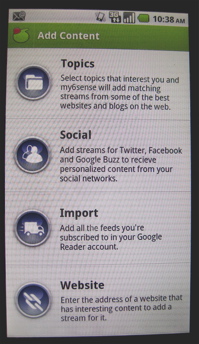








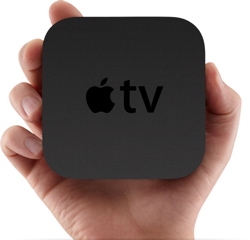

 Just one day before Apple announced its new AppleTV, Roku slashed the prices of its three set-top boxes to $59.99, $69.99, and $99.99. At the highest end, the streamer supports 1080p high def and dual-band 802.11n wireless.
Just one day before Apple announced its new AppleTV, Roku slashed the prices of its three set-top boxes to $59.99, $69.99, and $99.99. At the highest end, the streamer supports 1080p high def and dual-band 802.11n wireless.

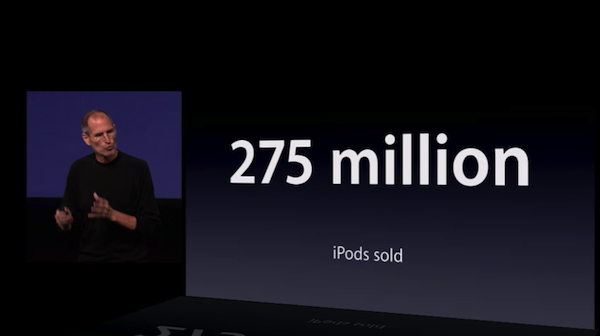

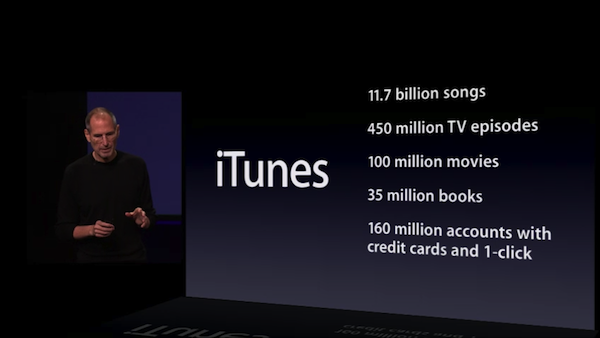

 Nokia's cloud-based "digital locker" service Ovi Files will be shut down on October first, Nokia is warning users. The service was used for making files remotely accessible through a mobile device's browser.
Nokia's cloud-based "digital locker" service Ovi Files will be shut down on October first, Nokia is warning users. The service was used for making files remotely accessible through a mobile device's browser.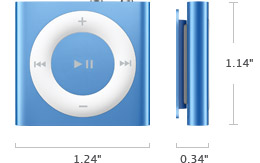
 Last year, Jobs called the iPod Nano "the most popular music player in the world," when he announced that the device would have a larger 2.2" screen, an onboard video camera, microphone and speaker, pedometer, FM radio, and voice recorder. But all of those features couldn't make the device as appealing as the iPod Touch with its robust app support and sophisticated gaming. The Nano was promptly overtaken in popularity by the iPod Touch, and
Last year, Jobs called the iPod Nano "the most popular music player in the world," when he announced that the device would have a larger 2.2" screen, an onboard video camera, microphone and speaker, pedometer, FM radio, and voice recorder. But all of those features couldn't make the device as appealing as the iPod Touch with its robust app support and sophisticated gaming. The Nano was promptly overtaken in popularity by the iPod Touch, and  The iPod Nano comes in two capacities: 8GB for $149, and 16GB for $179.
The iPod Nano comes in two capacities: 8GB for $149, and 16GB for $179. Sandisk Sansa Fuze+
Sandisk Sansa Fuze+ Archos 28IT, 32IT, and 43IT
Archos 28IT, 32IT, and 43IT Phillips GoGear Connect
Phillips GoGear Connect Samsung YP-Q3 and YP-U6
Samsung YP-Q3 and YP-U6

